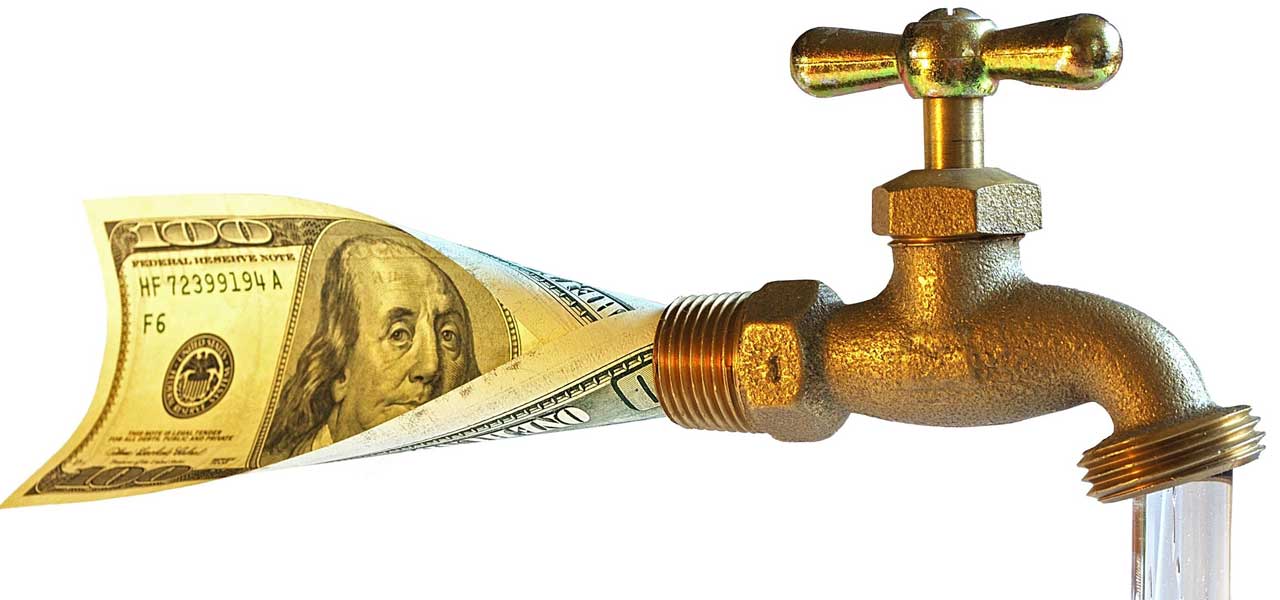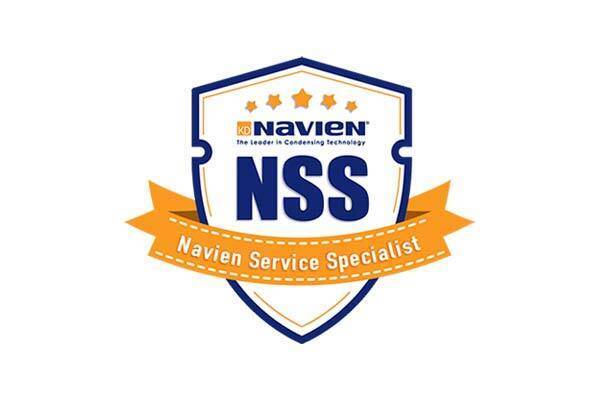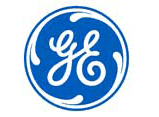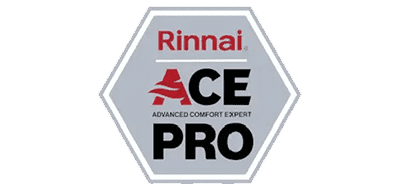Professional Hydrostatic Water Leak Detection Testing in Houston
There are few plumbing issues as devastating and costly as a drain or sewer line leak that is left undiscovered. Broken drain lines, especially those in upper floor bathrooms, create leaks that can cause water damage to beams, drywall, insulation, and electrical wiring. Broken sewer lines generate wastewater that goes into your drains and toilets to seep into the soil beneath your yard. To that end, the typical first sign of a sewer line leak is a soggy area of your yard or an extraordinarily green and lush section of the lawn.
Foundations, walls, and ceilings can all be affected by a sewer line leak, and once the structural integrity of your home is compromised, it can be expensive to repair. Leaking sewer lines can cause the soil that your home sits on to shift, which results in cracks in your foundation. Once the foundation of your home has shifted, it’s a short ride to cracks in drywall, in ceilings, and hardwood floors.
What is Hydrostatic Water Leak Detection?
While it sounds like extremely complicated plumbing techno-speak, hydrostatic means “still water,” or water that doesn’t move. Hydrostatic testing is performed by filling (pressurizing) the vessel or piping being examined and subsequently monitoring the pressurization level for changes. If there is a lowering of pressure, there is a leak somewhere in the system. If you suspect a plumbing leak in your home, hydrostatic testing must determine the presence of a leak under your slab.
How Does Hydrostatic Testing Apply to My Plumbing System?
For the first phase of hydrostatic testing on a home or commercial plumbing system, a toilet is removed on the first floor. An inflatable ball is pushed into the drainpipe to block the entire plumbing system for about half an hour. The water level at the removed toilet is monitored throughout the test, and if the water level drops, there are leaks in the system. If the water level remains consistent, there are no leaks.
When a leak is detected, the next step is referred to as isolation testing. This is a process where separate sections of the plumbing system are blocked off and tested individually in the same manner as with the whole house test, just on a smaller scale. Isolation testing allows the plumbing technicians to narrow down and locate the area of the leak.
Once the leaks are located, a full schematic of your plumbing system is drawn up, and a solution is engineered. Drain system leak repairs can be as simple as replacing a single section of pipe, to a complete redirecting of your drainage system.
If you are considering purchasing a home having this test performed is a must. In many instances, the current owner of the house is unaware of any plumbing leaks, and this test will allow them to fix it before the sale. If you have recently leveled your home’s foundation, the hyperextension of your home’s pipes can cause leaks to appear in the fittings and couplings.
How Do You Know You Have A Water Leak?
The visible signs that you may have a severe plumbing leak include finding standing water, stained and mildewed ceilings, or even a dripping sound from behind a wall. These are all signs that you need to call a professional plumber like Nick’s Plumbing to inspect your pipes and suggest the proper repairs. But what about the leaks that are not so obvious. These types of leaks can be the most damaging to your home and property, especially if they go unnoticed for an extended time.
If you feel your home’s water pressure has dropped or you notice an unwarranted increase in your monthly water bill, you may have a leak that has gone undetected. These leaks are mostly found in places like the connection between your water meter and home, as well as under slab leaks from your hot and cold-water pipes. If this happens, the best form of leak detection is called hydrostatic pressure testing.
How Do You Find a Leak Underneath a Slab?
Once we determine that you have a likely under-slab leak, based on the appearance of the symptoms we listed, along with a visual diagnosis by one of our trained and licensed plumbing technicians, the next step is to determine precisely where the leak is.
At Nick’s Plumbing Service, we employ a couple of different methods for detecting slab leaks. We use specialized snake cameras that reveal a high-definition view of your drain and sewer lines from the inside. After the inspection, inflatable rubber bladders are used to block specific areas of your plumbing system to facilitate isolation testing of each section of your sewer and drain lines.
Supply line leaks under your slab are particularly problematic, as the water supply lines are under constant pressure and have water flowing through them all times. A supply line leak will make itself apparent much faster than a sewer line leak, as the pressurized water can wipe out the soil under your home at lightning speed.
Why Choose Nick’s Plumbing Service for My Hydrostatic Test?
Nick’s Plumbing have been performing both commercial and residential hydrostatic testing for two decades. We have a proven track record for the engineering and resolution of plumbing leaks that dates to 1979. We back our work with a ten-year warranty, which is among the best in the industry.
Don’t let what is now a minor leak in your plumbing system turn into a significant expense. Detect it and fix it now, with hydrostatic testing from Nick’s Plumbing Service.
Nick’s Plumbing Service have been performing both commercial and residential hydrostatic testing for two decades, specifically using the FLO® by Moen Water Leak Detection System.
























